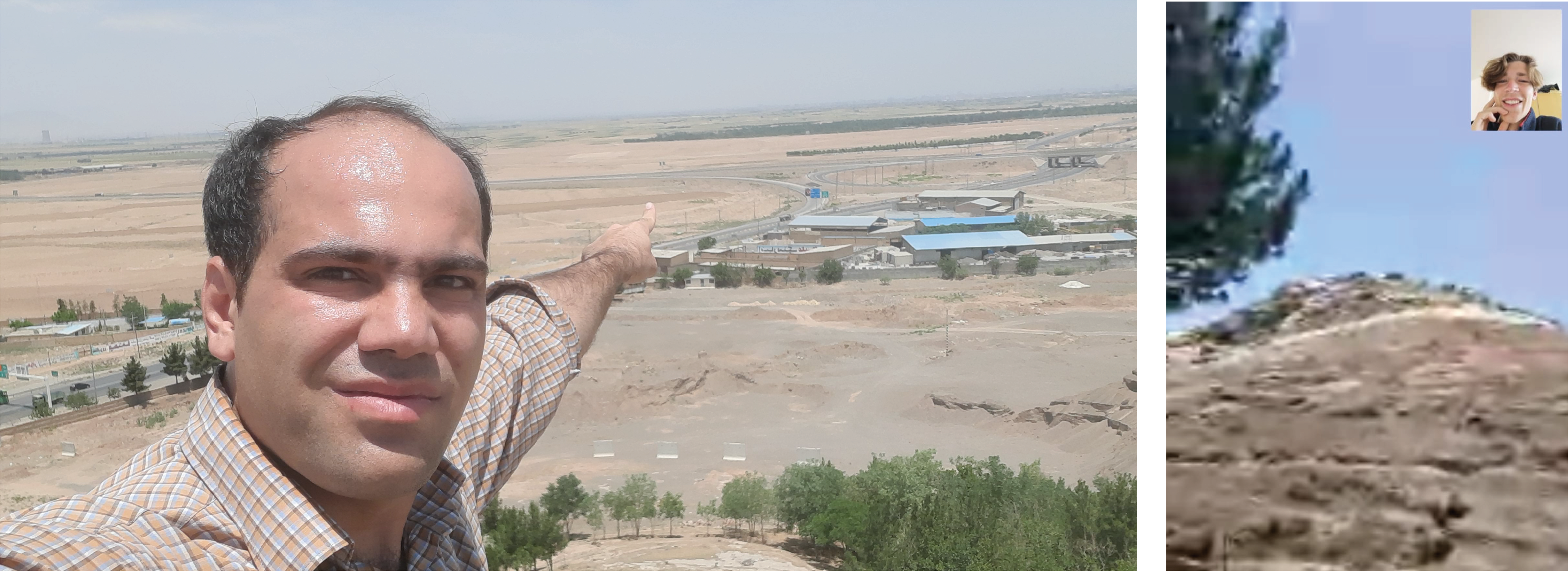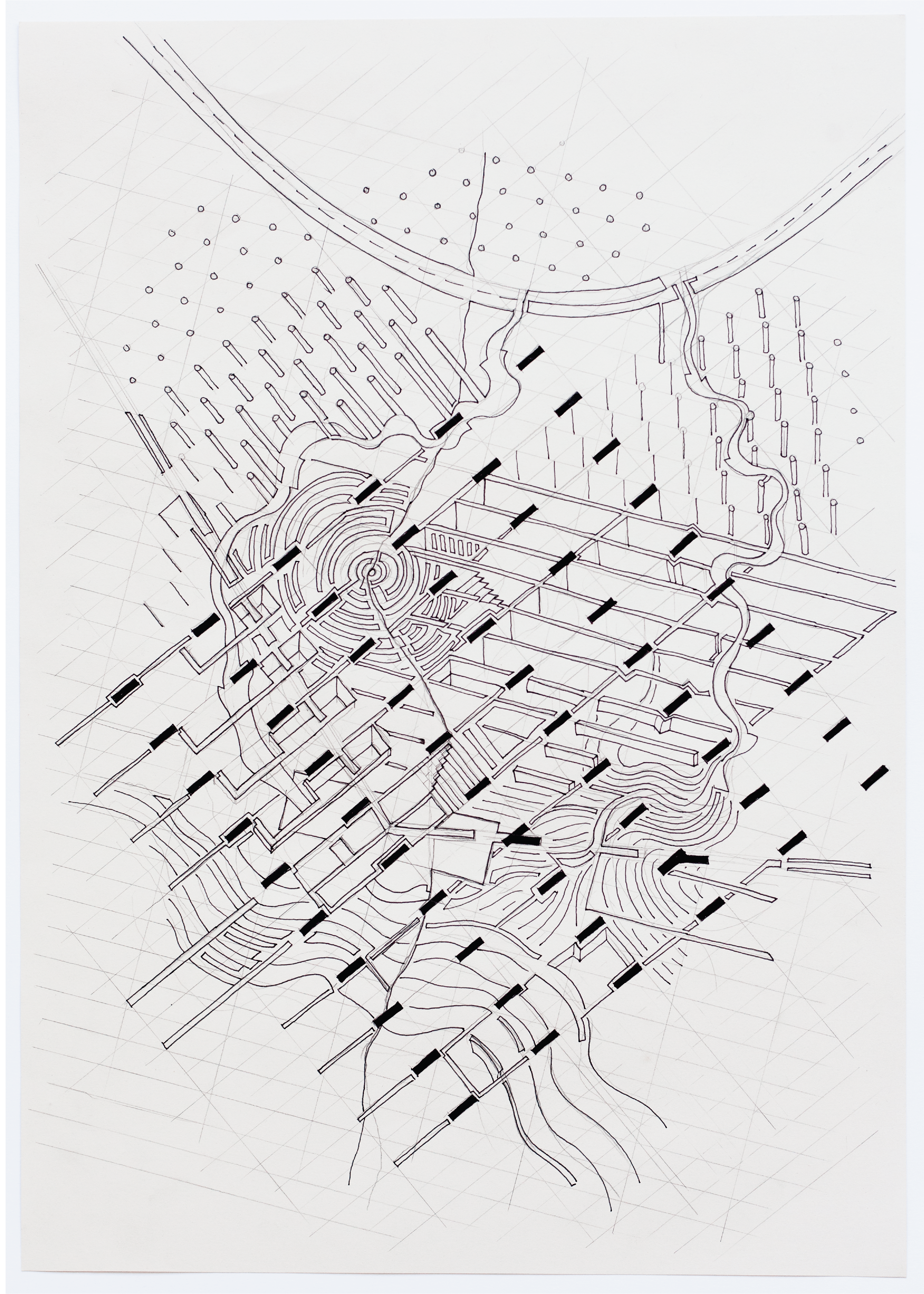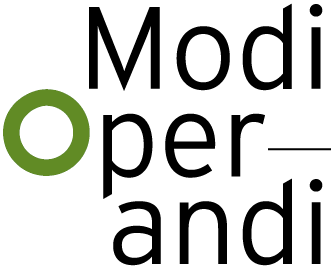COMPLEXITY DRAWINGS
Jesse Verdoes
Normally one would visit a site in order to physically experience the specific environment before or during a project, but, because of the COVID-19 pandemic, there was no possibility this time. Instead of visiting in person, I exhaustively made use of Google Earth for its topographies and photos, the internet for a mix of documentary videos, interviews, vlogs and local news outlets, and got in contact with local residents and scholars in order to get a variety of views, opinions and types of information. This approach resulted in a reasonably nuanced and objective view of the local situation, as experiences and observations of others had to be compared and concluded, instead of being confined to the subjectivity of my own experience. I would even state that it resulted in a different approach for the project as a whole.

In order to translate the theoretical premises that were formulated during the research phase into an architectural design, and explore the specificity and physicality of each intervention in its context complexity drawings were fabricated. These drawings touch upon the tangible and intangible characteristics of the site, but also incorporate projected architectural concepts and programmatic intentions. In the process of collecting ingredients and setting up the drawings, a precise framework was established for each intervention consisting of text and imagery. By composing all the given, disparate fragments of the periphery and drawing connections between them, it allowed for a contemplation of the potential relations with other fragments and/or the whole.
To quote Rossi: ‘The emergence of relations among things, more than the things themselves always give rise to new meanings.’[7]

Making a complexity drawing is positioning oneself vise-a-vis the project in a process of collecting, contemplating, composing, interpreting and projecting. Instead of inventing design principles, it is more like uncovering what is already present. The drawings are not finished works, as new relations can always be found. But in the process of making these amalgamations of complex systems through different scales, the specific characters of the interventions —defined by the relations, sequences, rhythms, patterns and overall compositions— emerged.
